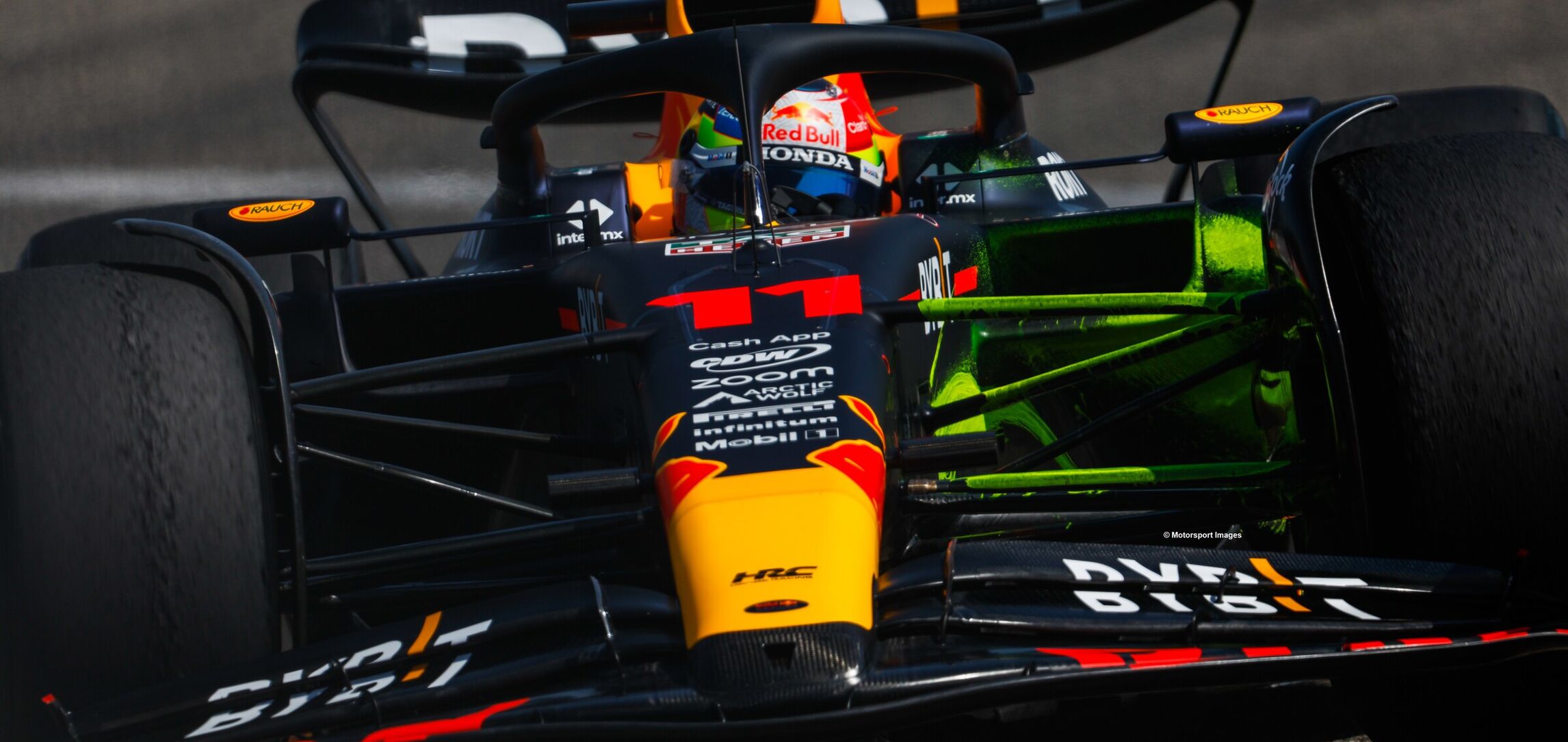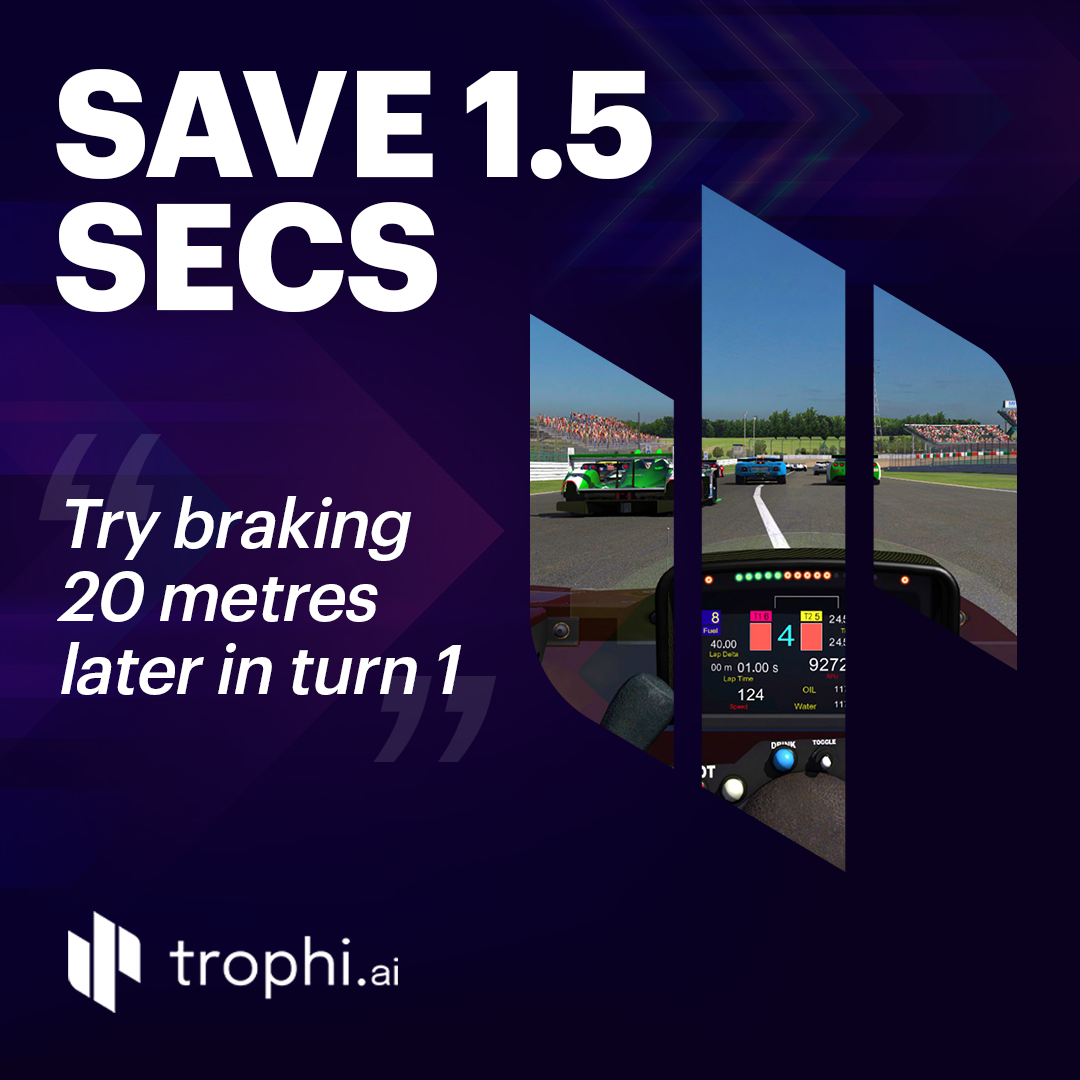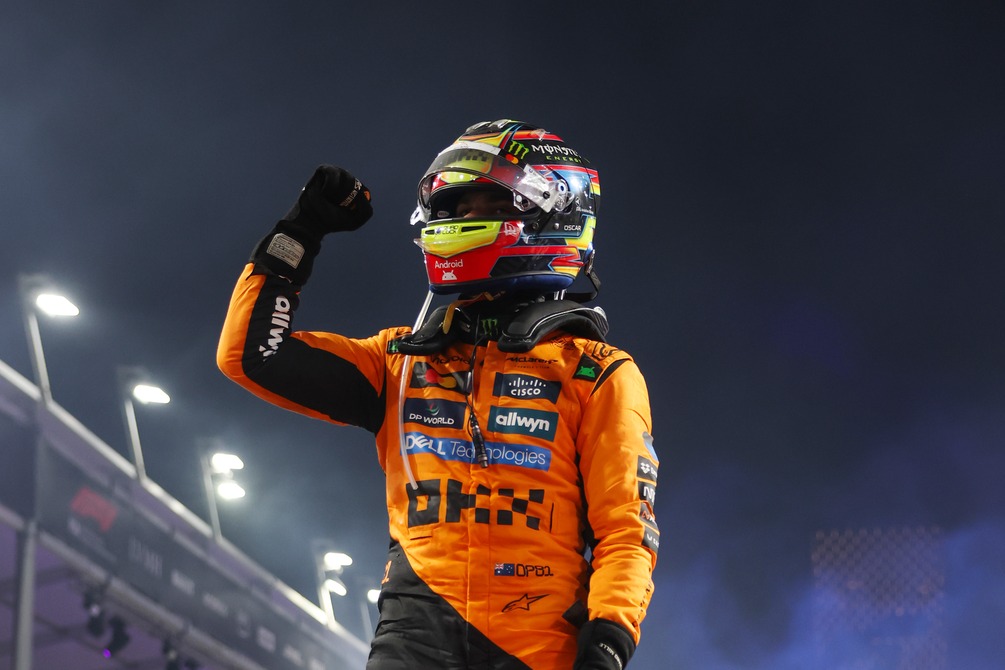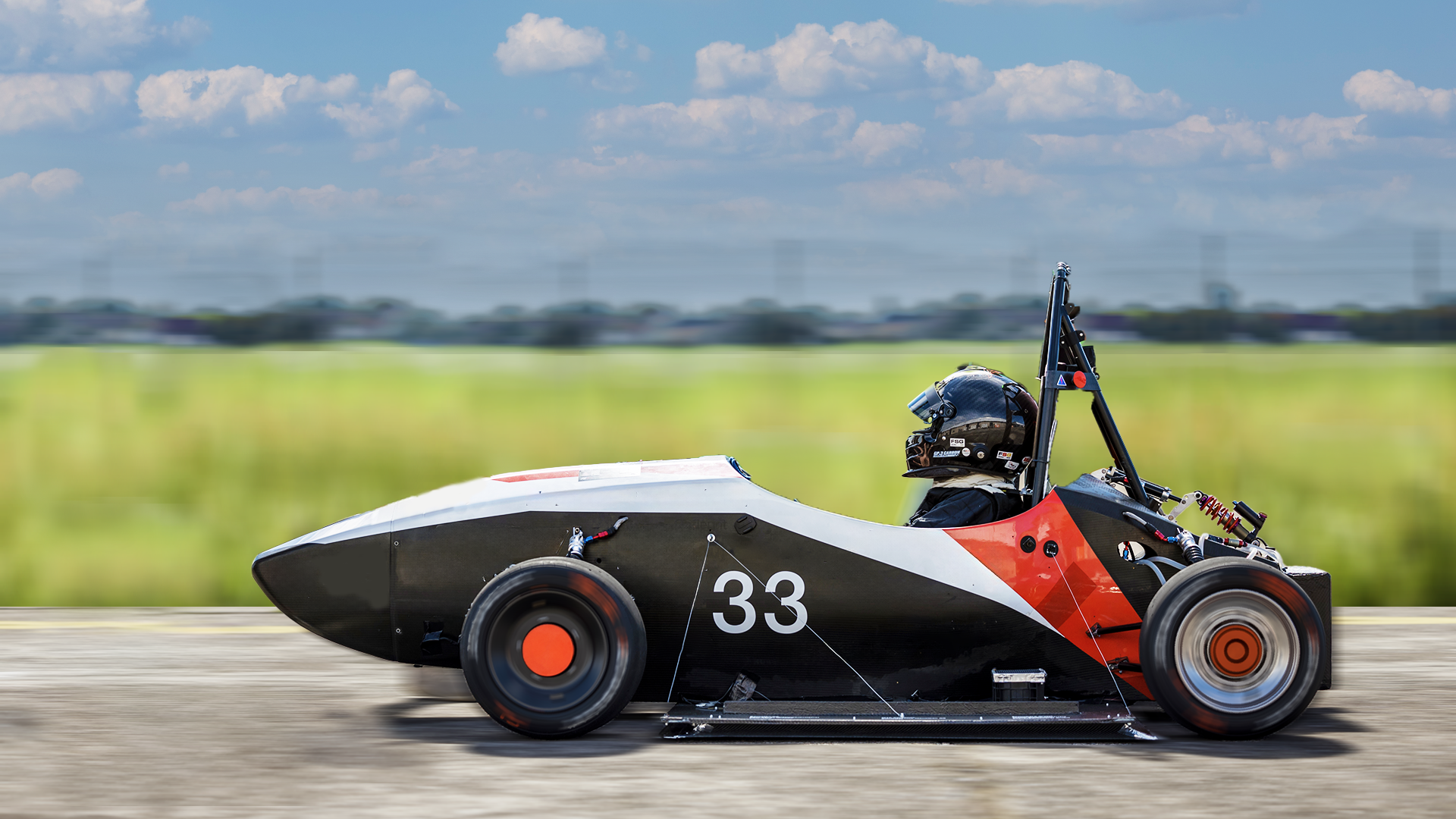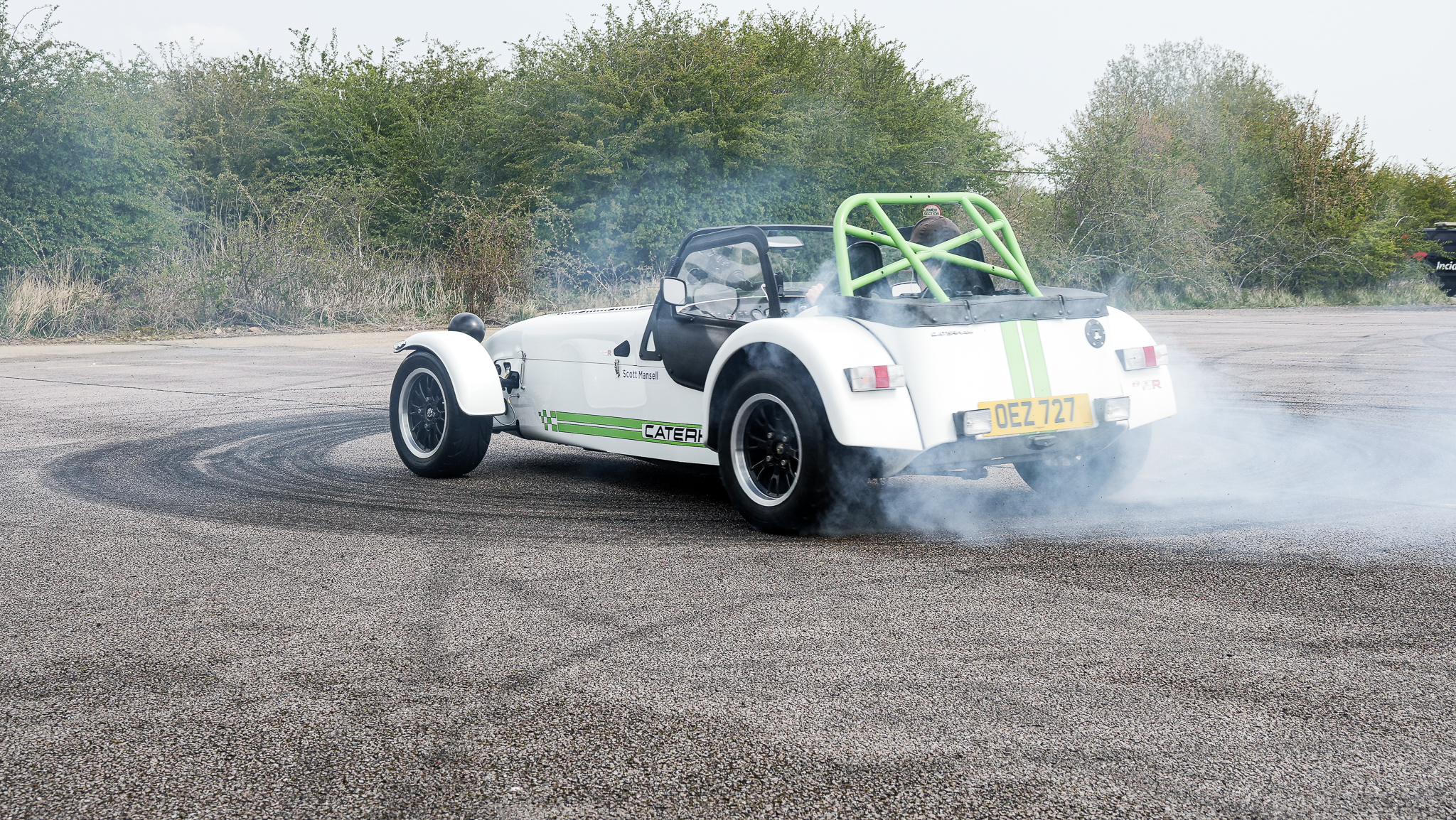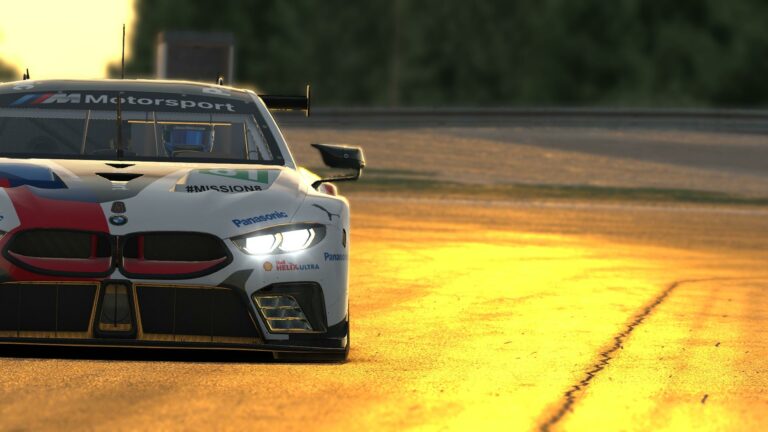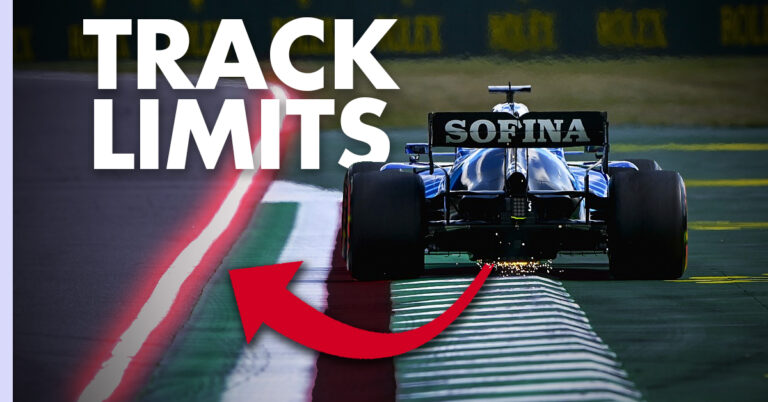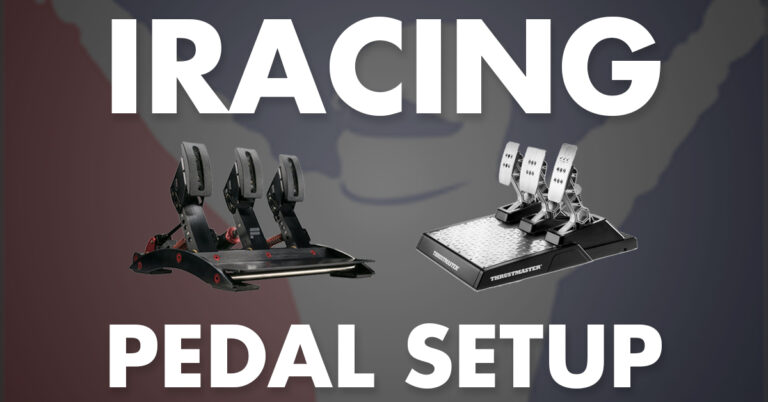Learn Circuits and Tyres Quickly in the Simulator
Transcript from video
So I’ve just finished my second race in iRacing and I thought I’d make a quick video because it seems that they’ve changed the tyre model for the global Mazda car and also the Lime Rock circuit. In this video, I’m going to overview how I learn a circuit as quickly as possible and a new tyre model to get the absolute maximum from the car in the shortest time possible so that you can apply this to your own sim racing and ultimately become a faster driver. I’m Scott Mansell, I’ve been racing in real life for over 20 years now and coaching for 15 and I’m taking all that I’ve learned in the real world and applying that to how I drive in simulators.
So here we are off the start, I managed to qualify on pole again. Now, a couple of you have mentioned you’ve looked at my iRacing status in my profile and seen I’ve actually done four races. Well, yes, I have, to be fair, this is really my only second one. In two races there, I got very confused, a complete newbie mistake and I managed to not use the clutch properly. It’s got auto clutch in the setup that I’m using and I got onto the grid, dipped the clutch, went to grab first gear and actually the car just moved forward because the clutch didn’t engage, it’s not linked up properly. So I’ve done that twice now, I can’t believe that I didn’t learn any quicker than that, but I’ve done it twice and so I got black flagged for a jump start on both of those occasions, did a couple of laps and then came into the pits. Now, I did this race and I didn’t know that the circuit had been updated so I went into the race and went into the practice session expecting the old Lime Rock circuit to be flowing around the outside and actually it didn’t, it’s got this new chicane in there. So I wanted to go over in this video, how I learn a new circuit or at least a new part of a circuit and I suppose that’s one of the biggest things that you should be thinking about initially is try to learn the circuit, especially if it’s a long circuit, in chunks.
Now, we want to understand, first of all, the racing line, how the car flows through a section. So you can see now, we follow myself, we’re coming down to the new chicane and first of all, I want to try to understand what the line should look like. So you can see it’s got these big red sausage kerbs in there, so typically, circuits put those on the apexes of the corners because that’s where everybody tries to run on the grass naturally and so, normally there in about the right place for the apex. So first of all, we want to get that visual line, get the flow of the car feeling good through that section, but not necessarily be right on the limit. We need to leave a little bit of safety margin. Now I suppose in the sim if you’re practising, it doesn’t matter that much, because obviously we’re not going to have a physical crash and we can just restart unlike we can in the real world. But we, first of all, we want to get that flow through the corner.
Once we’ve got that, we then need to begin to think about our braking point, where we’re braking and this is something that I work on with my clients when we coach in the real world is that first of all, we need to be conscious of where we’re beginning to brake and add a little bit of safety margin on to that point. So down here you can see probably 20 meters now before the kerb on the left-hand side where I’m braking initially and when I did my first few laps and I only did a few laps before I went into the race, I was doing that much earlier because I didn’t want to go off. And the point is that if you’re conscious about this braking reference, you can then systematically move it forwards. The worst thing to do is to just kind of look at the corner and brake randomly or just where you feel like you should and there’s no progression there so we’re always looking to have this conscious progression as we move forwards and that way you can gradually carry more and more speed into the first apex and you can do it piece by piece. So if you do step over the mark and do go a little bit too far, it’s only going to be a little bit and we’re not going to run off the track, we’re going to make it through and then you can just bring the braking point back a little bit.
Now, the other thing I was trying to learn through this section was if it was possible to use these kerbs. Now, this is something that I tried on the second or third lap of practice, I wasn’t doing it in the race here and I tried at this moment to launch the car over those kerbs but they were just so big that it really seemed to destabilise the car and in the real world you’d question actually taking those kerbs because it might damage or bend something with the geometry of the car. And anyway, I found that it wasn’t very quick and this is where you need to be using your delta timer all of the time so that delta timer that runs across the top of the display, we need to be confirming that what feels quick or feels slow is actually right in terms of the outright lap time. So I would try one lap where I chucked the car over the kerb and if it felt like I was going through there pretty quickly then I could take that as a good baseline and then the next lap, I would actually consider not using them and seeing how that affected the car. One thing that I did notice through that section is that you need to leave it in second gear for as long as possible to launch the car up the hill. If you change gear a little bit too early or actually go too far the other way and just touch the limiter, it knocks a lot of speed out of the car just at the wrong moment where you’re going up a steep, steep incline like right now so you’ve got to make sure that you get the absolute right gear change as you come up out of there.
Now, the other thing with this update was that the tyre models seem to have changed quite a lot. The car actually acts very similarly to the real world in terms of when you first go out the pits, the first lap especially, maybe the next lap after that as well. The car has significantly less grip than it does once the tyres a warm and that’s something that mirrors very well the real world so you just have to be careful with this. Now, I don’t know how intelligent the tyre model is, but what I would do is typically I would light the rear tyres up as I come out of the pits and brake and then accelerate and brake all in a straight line to try and give the tyres a little bit of temperature and especially give the rear tyres a bit of temperature. The reason that we do that is because we prefer to have a bit more grip on the rear of the car than the front, if the imbalance is with the front and the car is going to understeer, it’s much easier to control than it is with the rear. So rather than having the fronts warm and the rears cold, that might be very difficult to control and actually put us in a position that’s quite risky where we could lose the rear of the car very easily on the entry or the exit of a corner.
So in the race here, I haven’t even spoken about the race at the moment. I went off in the lead, the guy was a second or a second and a half behind me, he was pretty quick but again, he was making a few mistakes here and there that was costing time. However, when we approached the traffic like this, I got caught up so you can see now I really got slowed down through this section and, you know, I’m probably being a bit more careful than actually would be in the real world. I found that people are a bit less predictable in sim racing than they are in the real world and I’m sure that will improve as I go up through the ranks but you can see I just made it passed that car just now. So I was giving them plenty of room, but that actually cost me a lot of time and the guy behind me caught me up with quite a lot there but I had the pace on him. I wasn’t going massively quick, you can see here that my last lap was a 105, pretty slow. I did 103 something in practice where I was taking a few more risks here and there. But all I needed to do at this moment was have a safe race and obviously I wanted to win so I was just managing that gap. So down in the cockpit display, I had the relative time so I can see very easily whether I’m gapping him or whether he’s catching up and whether I need to push a bit more. But I just want to keep that one to two-second gap so that if I do come across some traffic, it gives me a bit of space there to be extra careful if I want to be extra careful.
The other thing about this circuit that was different was that there seem to be a few bumps here and there that were slightly different than in the previous model, but the kerbs were different as well. So there were a few sections on the circuit where I was actually using the kerb a little bit more than I was in the previous track layout because there are some long corners on this Lime Rock circuit where you’re kind of at a constant speed for a long time and the car can actually begin to start pushing, start understeering at points in those longer sections and so, this happens in the real world too, the sim is very, very similar in this respect. If you feel a little bit of push, the next lap when you come into that kind of mid-corner section of the corner, you can just try to hook the kerb a little bit and it will actually change the corner weights of the car, put a bit more pressure on the outside of the car and make the car turn that little bit more so you’re generating grip and that’s what being fast is about when you’re driving. So if you just watch me here and I was getting it sometimes on the inside, especially there, so I just grabbed it there and actually it turns the car a little bit and I was trying to do it through this left-hander now, it’s a compromise because you don’t want to do it too much, just grabbed it just there. You don’t want to it too much because it can actually throw the rear of the car out too much. So it’s something that I was actually using more in testing when I could take a few more risks but I did just want to tone it down for this.
You can see I’ve gone a little bit quicker now, I’ve done a mid 104 which still isn’t massively quick. I’m sure there are plenty of people out there who are much faster but I’m still finding the intricacies of racing on iRacing because I haven’t really spent much time at all in there. So using these kerbs was really important but it isn’t about you doing this exact thing kind of in a robotic way, it’s about testing these things and discovering how the car reacts and always asking yourself, can I actually generate some more grip with this car to allow me to go around the corner faster. So everything that I’m doing with the steering, with the brakes and with the throttle pedal, if you can see that the throttle trace on here, you can see that I’m trying to move the way around the car in a really smooth way so just take some time to watch the throttle pedal. I’m flat out and a little lift to get the nose down, to get the front to turn into the corner and then flat out once it is settled down there. Then you’ll see in the next section I’m going to be getting on the brakes nice and hard, so nice and hard, now easing up gently to keep the nose in and that’s what trial braking gives, we’re braking hard in a straight line but then we’re easing up so the front doesn’t have too much weight in it, as I explained in my previous video, so that we can maximize the entry speed into this corner. If you find yourself going into the corner and the rear is sliding out too early, it probably is likely that you’re carrying too much brakes into that corner, you’ve got too much pressure in the pedal and if you come to lighter pressure, it means that actually the weight will go to the rear of the car, push those tyres into the track a little bit more and you’ll have a better balanced car.


